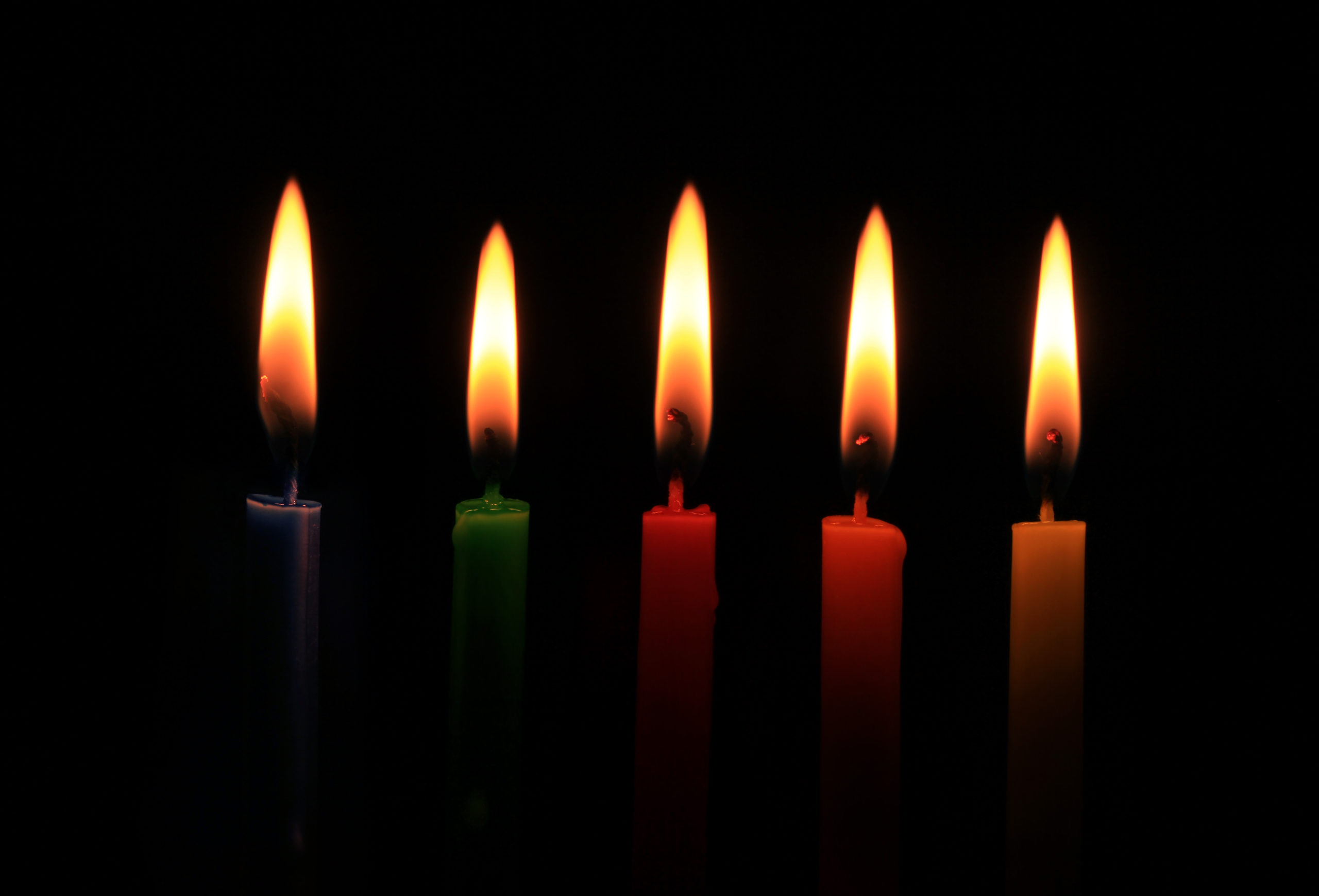
Five Elements Five Dakinis
In this retreat, Ken McLeod presents the five elements—earth, water, fire, air, and void—as a mythic language that maps the formation and transformation of reactive patterns. Drawing on guided meditations, personal stories, and elemental exercises, he shows how each element reflects a distinct way reactivity plays out in experience. “That knowing quality is the fire element of mind,” he explains—pointing to the non-conceptual awareness that arises when we meet experience directly.
-
1. The Language of the Five Elements
Ken opens this retreat by introducing the five elements—earth, water, fire, air, and void—as a symbolic language that illuminates different aspects of mind and experience. “These five elements form a language in which we can describe all these different aspects of our experience.” He explores how each element corresponds to a dakini, representing both reactive patterns and their transformation into qualities of pristine awareness. Topics covered include symbolic meditation, the role of the feminine in Vajrayana, and cultivating presence through attention.
-
2. Stability and Support: The Earth Dakini
Ken guides a meditation with the earth dakini, showing how symbolic practice can dissolve rigidity and reveal inner stability. “There’s a sense of internal stability that needs no external referent or support.” Through visualization, somatic engagement, and emotional recognition, the practice becomes a way of transforming fear-based rigidity into the grounded clarity of balanced pristine awareness. Topics covered include identification in deity practice, dismantling the subject-object split, and the difference between spiritual practice and magical thinking.
-
3. Clarity and Connection: The Water Dakini
Ken turns to the water dakini to illuminate how emotional evasiveness can be transformed into the clarity of mirror-like awareness. “The approach in Buddhism is not to try to bring peace and clarity to a situation. It is to find the clarity in the situation.” Through guided practice and vivid metaphor, he encourages participants to open to experience directly and discover their own clarity in the midst of inner conflict. Topics covered include the anatomy of reactive patterns, experiential understanding of non-separation, and cultivating stability through attention.
-
4. From Consuming to Knowing: The Fire Dakini
Ken delves into the dynamics of the fire dakini, guiding participants to recognize how reactions of intensity—whether anger, seduction, or creativity—mask a deeper fear of aloneness. “There is a knowing that there is no separation and there is nothing to be separated.” By transforming consuming passion into precise awareness, this practice reveals how energy, fully experienced, gives rise to direct, fearless knowing. Topics covered include how fire manifests in relationships, the nature of loneliness, and the subtle shift from being consumed to resting in clarity.
-
5. From Panic to Precision: The Air Dakini
Ken turns to the air dakini to explore how anxious busyness arises from a fear of groundlessness and identity loss. “You know what needs to be done and you know you can do it.” Through meditation and real-life examples, he shows how compulsive activity can transform into presence and effectiveness when the reaction chain is illuminated and released. Topics covered include identity anxiety, mindfulness as a remedy for panic, and the shift from activity-for-its-own-sake to spontaneous, clear responsiveness.
-
6. Vastness and Ease: The Void Dakini
Ken concludes the elemental cycle with the void dakini, revealing how emptiness is not absence, but the ground of all possibility. “Gain is illusion, loss is enlightenment.” He explores how profound disorientation and the fear of not existing are transformed into totality pristine awareness—a luminous presence beyond reference or grasping. Topics covered include the experiential value of emptiness, cyclic fragmentation, and the role of shock in spiritual practice.
-
7. Becoming the Dakinis: Embodying the Five Elements
Ken invites participants to take a transformative step by becoming each dakini in turn—earth, water, fire, air, and void—observing the process of transformation from the outside in. “And in that moment of connection, you become her.” Through this shift in perspective, practitioners internalize the dynamic qualities of each element and learn to dissolve reactive patterns into light. Topics covered include cultural modes of emotional expression, the immediacy of fire’s knowing, and integrating the five symbols as a unified presence.
-
8. From Form to Radiance: Resting in Awareness with the Five Dakinis
Ken transitions the retreat from purification and symbolic transformation toward direct awareness, teaching practices that integrate the five elements into a field of experience beyond subject-object polarity. “So close you can’t see it. So deep you can’t fathom it. So fine you can’t accept it. So simple you can’t believe it.” He invites practitioners to rest in clarity, letting light radiate from each elemental center until everything becomes light. Topics covered include the role of visualization, how energy transforms in awareness, and the intuitive nature of spiritual practice beyond effort.
-
9. Living the Elements: Finding Balance
Ken broadens the retreat’s scope by connecting elemental practice to daily life, revealing how imbalance in earth, water, fire, air, or void manifests in our habits, relationships, and work. “If you are rowing in the wrong direction, rowing harder doesn’t help.” He introduces a powerful meditative framework—escape, die, and turn to light—that dismantles reactive patterns at their root. Topics covered include practical diagnostics for each element, resting as the source of transformation, and how spiritual practice matures into simplicity and space.
-
10. Embodying the Five Dakinis in Daily Life
Ken concludes the retreat with a comprehensive exploration of the dakini meditations, unpacking each elemental reaction cycle through guided examples and discussion. “Don’t think of pristine awareness as something that opposes the pattern—you find it within your experience of the pattern.” Participants learn how to enact and internalize the qualities of earth, water, fire, air, and void, using visualization, sensory cues, and emotional resonance to recognize how awareness arises in the midst of reactivity. Topics covered include practical advice for daily practice, prescriptive vs. descriptive meditation, and cultivating presence through symbolic embodiment.